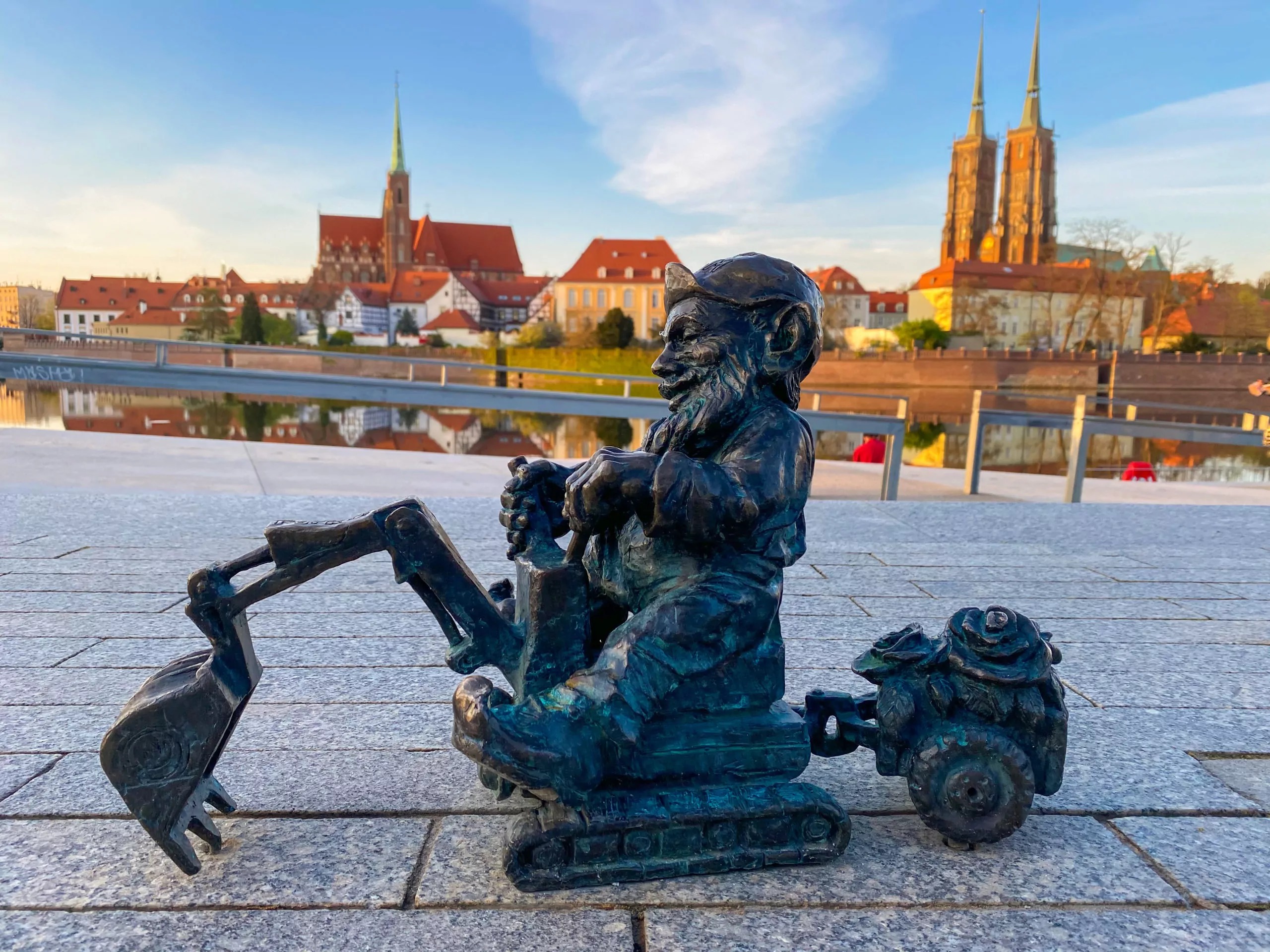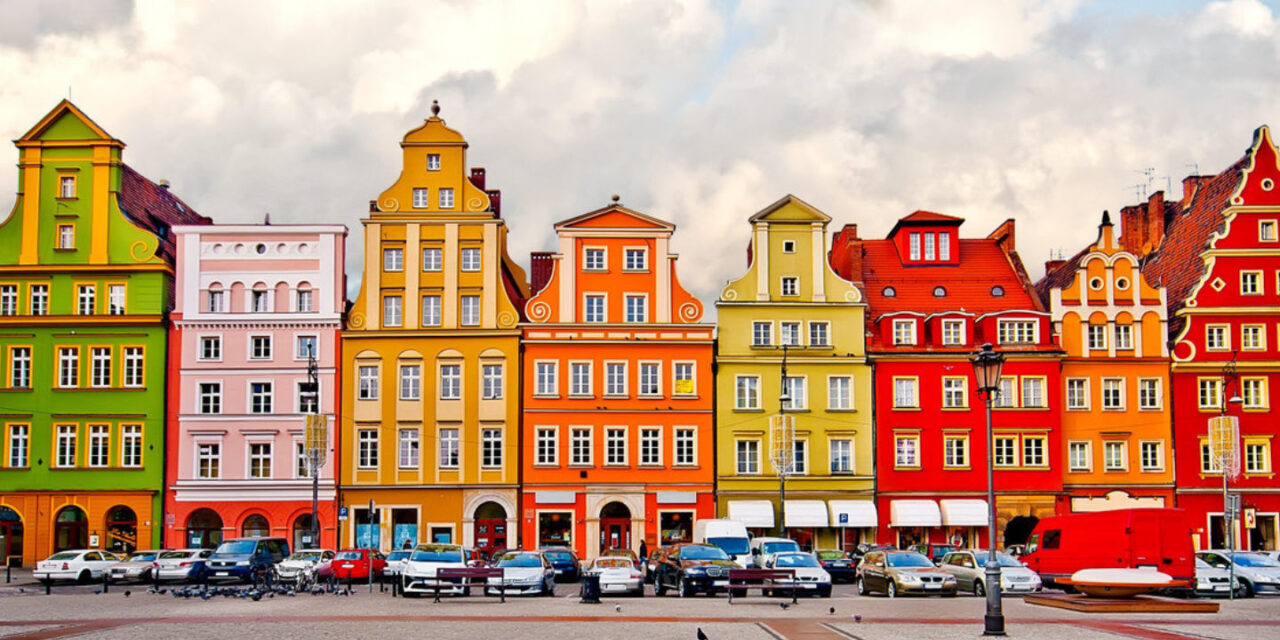Wrocław, the third largest city in Poland, is less famous than Krakow or Warsaw, but it is at least as beautiful and interesting.
A little geography
With its nearly 673,000 inhabitants, Wrocław is the third largest city in Poland and the capital of the Lower Silesian Voivodeship. It is located in the western part of the country, on the banks of the Oder River, which created several islands in the city. This romantic skyline deservedly earned the title "Venice of Poland" on the city.
A little history
The city itself is living history. Records of it can be found as early as AD 1000. It was known by several names in the past, the best known being: Vratislavia, Bresslau, Presslau, Breslau and Wratislaw. Its Hungarian name is Boroszló.
In 1335, after several years of Czech-Polish rivalry, Wrocław was given to the Czech kingdom. Between 1469 and 1490, the city belonged to Hungary together with Silesia, and then it was part of the Czech Republic again until the 1740s. From 1526, it was part of the Habsburg Empire, and the population, regardless of its Slavic origin, became predominantly German-speaking. After the War of the Austrian Succession, Maria Theresa handed over all of Silesia, including Wrocław, of course, to Prussia. It functioned as the royal capital until 1918, then became the provincial capital until 1945.
The II. In World War II, in 1945, the city surrendered after a long siege. The conflict claimed around 40,000 human lives. After the war, in accordance with the decision of the Potsdam Conference in 1945, the city came under the administration of Poland, the German survivors were forcibly evicted, but many also left voluntarily.
Things to see
The II. World War II unfortunately destroyed 70% of Wrocław's buildings. Since the 1960s, the city administration has worked to restore the historic buildings of the city center that have seen better times. Walking among the beautiful, colorful masses, it is not difficult to guess that the effort was not in vain. Walking on the huge main square, i.e. on the Ryne, immersed in the gables of the renovated houses, one can easily forget that one is not enjoying the view of the cities of a northern country. The buildings around the square were built in different styles: the central part of the ring (German: Tritt) is made up of the old, asymmetrically structured town hall, the new town hall, and several citizens' houses.
There are plenty of churches as far as the eye can see. It's good to meet a couple in the old town too, but Ostrow Tumski (Dom Island) was specifically named after the Gothic churches. The abundance of historical buildings already shows that this part was the former city core. One of the most important sights of the city, the Cathedral of St. John the Baptist, is also located here, with a picturesque view of the city from its tower.
The university students also contribute greatly to the city's bubbly, bustling atmosphere.

Image source: polskazachwyca.pl
Wroclaw is a university city, its higher education system consists of 22 institutions that offer 289 study programs. The oldest of them is the University of Wroclaw, founded in 1702, whose auditorium, the Aula Leopoldin, rivals any Baroque church.
Nobody should be surprised if they come across several tiny dwarf statues while walking around the city! Wrocław was founded in the 10th century, but the "dwarf tradition" only started in the 1980s.
There are more than three hundred gnome statues all over the city, and their origin can be linked to a group called "Orange Alternative", which tried to take action against the communist system through peaceful means.

Image source: www.wroclawguide.com
Since the authorities regularly removed the symbols of their resistance, the murals, the members of the organization began to draw dwarfs on the walls. In 2001, the very first gnome statue was erected at the organization's meeting place, after which several smaller gnome statues began to appear in different parts of the city.
Featured image: seeker.io













